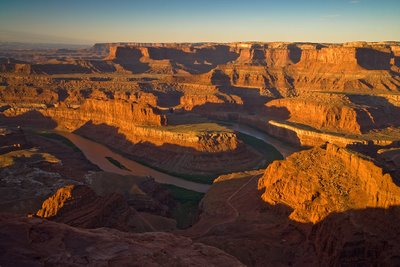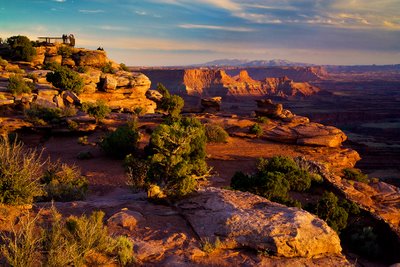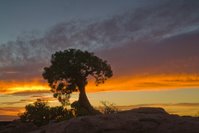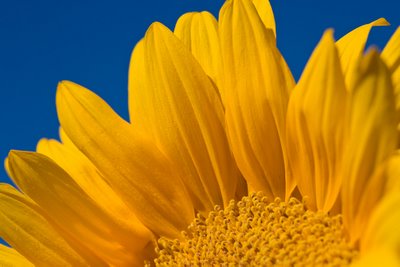
Flowers are perfect for photographic studies. The 7 basic elements of design are line, shape, color, form, space, light, and texture. All of which be found in a single blossom. I love the early morning light as it's soft and allows the colors tend to stand out. That being said many flowers such as sunflowers and poppies can be photographed in direct sunlight. Since flowers are small you can shoot from the side, the top, the bottom, and in groups or patterns. It's hard to shoot a mountain this way. You may have to drive 50 miles to make a slight difference and you may have to wait days for the right light.
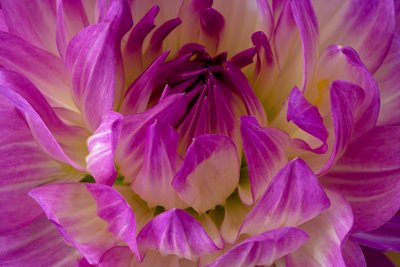
When I'm in the field I use my 100 macro or a 70-200 for most of my close ups. At home I tend to use the 100mm macro. (60mm in a 1.6 format.) The reason is I can usually get closer to my subject at home and fill the frame with the flower. In the field I'm more concerned with the background. I like to shoot wide open at 2.8 but not always. That's the great advantage to doing a study. Anything goes. It's the best way to really learn.
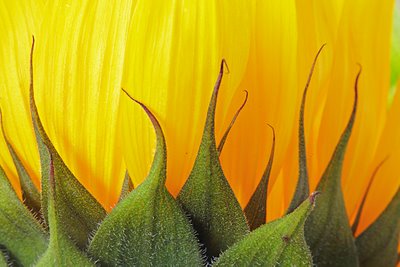
I'm not a full time professional photographer, but I can squeeze an hour in each morning for a couple of weeks. I like to set a goal of 50 shots. I'm sure stock photographers would laugh at that since they would shoot 50 in an hour or two. The real goal is to learn a little something each day.
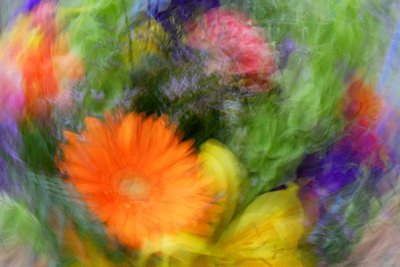
Tony Sweet is the master of Fine Art Photography. His books open up a whole new world. His books have many examples of moving the camera during a long exposure. This was very hard using film, but with digital it becomes much easier. That said, I've yet to get one as good as Tony's. Tony has 3 books and a DVD. I highly
recommend all 3. The DVD is a little rough in it's production, but the info is terrific. I hear another DVD is on it's way.
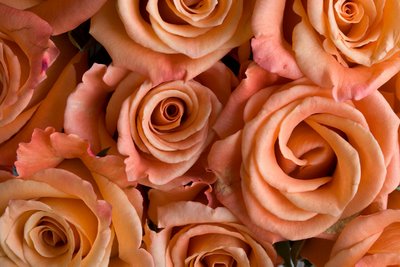
Sometimes I feel like a nut - sometimes I don't. Once in while I just shoot stock photos. They won't change the art world but they do fine tune my photographic skills. These are simple clean images. Try one of these studies and you'll have as much fun as I do. It's a great way to keep up your skills when you can't get away.
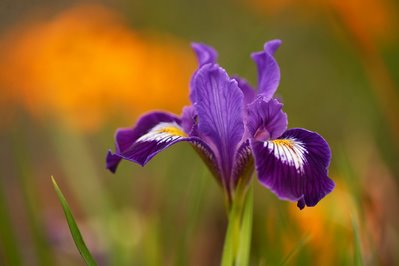
So here's a run down.
The top sunflower is in direct sun, shooting up over my roof - hence the deep blue sky. (100mm Macro - f8,250
th) --- The Dahlia is in very soft light. There's a
diagonal pull from the lower left to the upper right. (100mm Marco f16,1sec) --- The 2nd Sunflower shows a us different side. It's just as beautiful. The soft light accents the detail. (100mm Macro f16,0.5s) --- The Abstract Flowers were shot with a twist. (100mm Macro f22, 0.6s) --- The Rose Bouquet was shot in very soft light. Early morning fog. (100mm Macro f16, 2sec) ---The last photo was taken at Carmel Mission. I moved from Iris to Iris until I had the Poppies as a background. (100mm Macro F2.8,320
thFor more flowers see my galleries
Flowers 2 &
Spring GardenFor more on
Tony Sweet see his site.
Labels: Flowers

 Christoper Grey was kind enough to include one of my photos in his most recent book "Canon DSLR: The Ultimate Photographer's Guide". His book covers all the basics in the first few chapters and then he goes over each and every button on your Canon DSLR. Chris covers Canon's software too.
Christoper Grey was kind enough to include one of my photos in his most recent book "Canon DSLR: The Ultimate Photographer's Guide". His book covers all the basics in the first few chapters and then he goes over each and every button on your Canon DSLR. Chris covers Canon's software too.





